March 21-Young Adult Literature Day:
Chris Lynch, author of several award winning novels, including Inexcusable, Pieces, and his popular Vietnam and WWII historical fiction series'.
Chris Crowe, author of several historical fiction and nonfiction works, including Mississippi Trial 1955, Getting Away with Murder: The True Story of the Emmett Till Case, and Death Coming Up the Hill.
Our Children's Literature Day will take place March 22, and will feature children's author and writing expert, Lester Laminack, and local Georgia children's author Tracey Phillips.
Information regarding registration and proposal submissions can be found at http://lcya.kennesaw.edu/
Hurry! The deadline for proposal submission deadline is February 1 and mail-in and online registration ends February 29.
I hope to see you there! Bryan Gillis
Associate Professor of English Education
Kennesaw State University
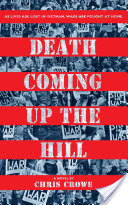 I love this book!
I love this book! When I first started graduate school and began thinking seriously about young adult literature, I discovered Chris Crowe. Not only does he deserve recognition as an author, he is a past ALAN President, wrote a column on Young Adult Literature in the English Journal for several years, he is a full professor of English Education at BYU, and a former collegiate football player. If you are relatively new to the study and teaching of young adult literature, it is worth the effort to take an afternoon and download several (or all) of this columns. One of my favorites is Young Adult Literature: Using YA Books to Teach Students to Love What We Love. You can find the pdf below. It was written over 15 years ago, but the conversation sounds relevant today and the books he highlights are worth revisiting. Plus, he is a nice guy. He didn't seem to mind that I followed him around like a puppy trying to soak up all of his expertise for several years. Chris was also one of the first academic keynote speakers at my LSU conference. Wouldn't it be great if he offered a breakout or a workshop at the new 2016 Gayle A. Zeiter Young Adult and Children's Literature Conference in June. Go a head, encourage him to drop by. We are still accepting proposals so, I hope to hear from more of you soon.
| chris_crowe_using_ya_books_to_teach_students_to_love_what_we_love.pdf |
I new a bit about Chris Lynch before the publication of Inexcusable (2005). Mainly, I knew and admired both Freewill (2001) and Iceman (1994). I have written about Chris Lynch in this blog several times. The primary reason is that he is very good. Hit Count (2015) was one of my favorite books of 2015. To toot my own horn one more time, one of my favorite publications is It is Inexcusable to Deny Inexcusable a Place in the Classroom that was published in The ALAN Review. You can find the article here. I devoured the book during the first day of an ALAN workshop and I knew that I had students that would respond to the book. If you are any where near Georgia, you really should try to attend this conference in late March. Check out the flier below the gallery.
It is also important to thank everyone for a fantastic response to last week's introduction to our new journal, Study and Scrutiny. The number of hit on the blog was overwhelming for a three day period. Ok, it didn't go viral or anything--it is an academic blog after all. I hope many of last week's readers return week after week.
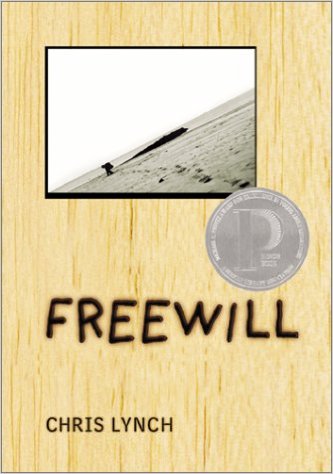
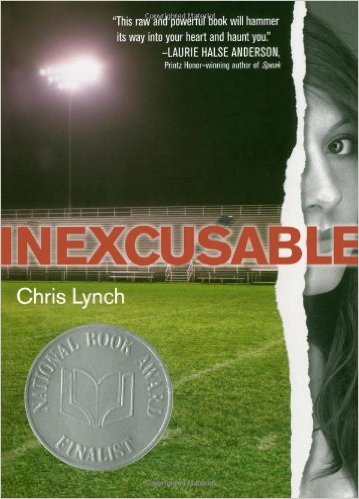
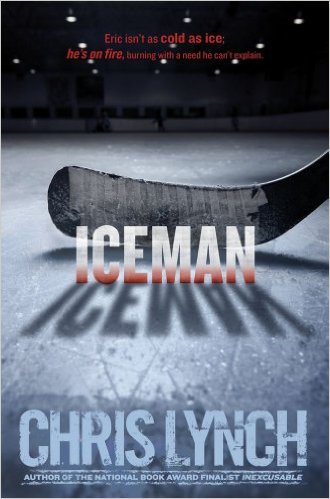
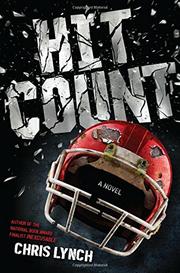
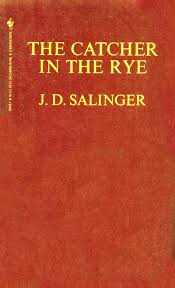
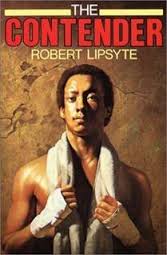


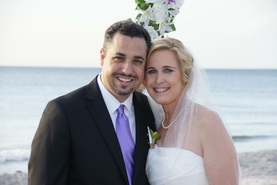
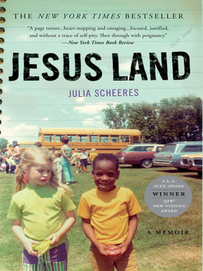
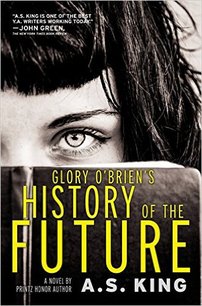
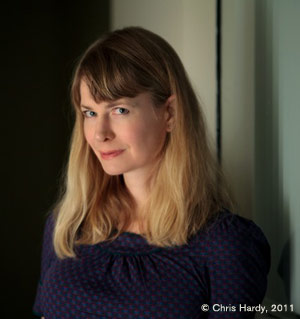
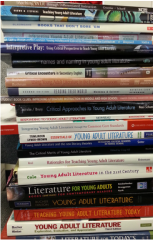
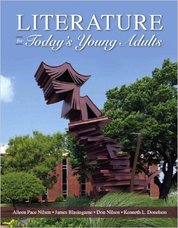
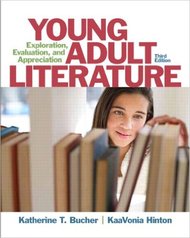
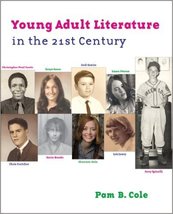
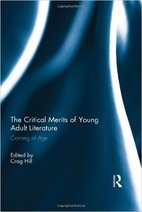
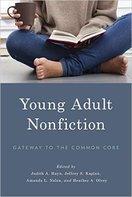

 RSS Feed
RSS Feed